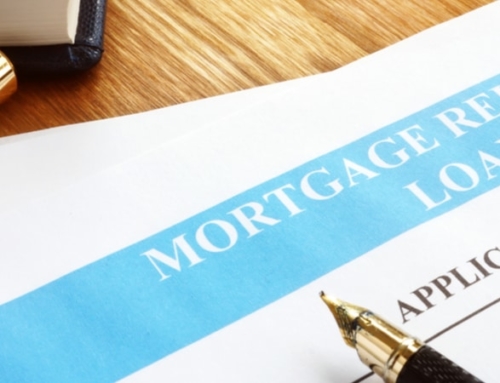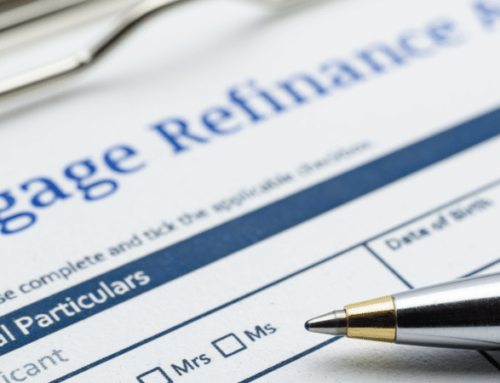Mortgage rates are dropping, right? Time to start the process of refinancing your mortgage.
That’s what many Americans assumed after it was announced that the Federal Reserve had lowered its Federal Funds rate by a half percentage point, to 4.75 percent. So, around the country, thousands of people either picked up the phone to call their lender or went rate shopping online.
But it may be that not everyone will get a chance to take advantage of the new, lower interest rates. Sometimes mortgage rates move in opposition to the Federal Funds rate. If the Federal Funds rate goes down, mortgage interest rates may rise.
What you have to decide is this: Is now the right time to refinance your mortgage or should you wait until later in the year when interest rates may drop again?
Start your calculation by gathering your basic facts: How long is your current mortgage? Does it adjust? When will it adjust next? How high can your loan go? How many years left on your loan do you have at the current interest rate? What is the interest rate you’re paying? How good is your credit? What is your credit score? What interest rate will you qualify for (this speaks directly to your credit score)? How long will you keep this loan? How much home equity do you have? In other words, what will the debt-to-value ratio be for this property?
Let’s start with credit. With the current mortgage mess, lenders have raised the minimum credit score you need to get a Grade A or Grade A- loan. If you previously need a 720 on your FICO score to get a great rate, you now need 760 or even 780.
You also need to have some equity in the property in order to refinance. In some places, homes have fallen in value. If that’s the case in your neighborhood, and you bought the property with a 100 percent loan two years ago, you may not have enough equity in the property to refinance. So unless you’re prepared to come to the closing with a check, you may not be able to refinance.
Assuming you have good credit and equity in the property, you need to assess if interest rates have fallen enough to make a mortgage refinance worthwhile. This is just about doing the math.
If your current mortgage is fixed for 30 years at 6.5 percent, today’s 30-year fixed rate is at 6.83 percent with some closing costs, according to HSH, a mortgage information publisher.
Since the going rate for your loan is higher than what you’re currently paying, it wouldn’t be a good idea to refinance.
However, if your current mortgage is now 8.5 percent, and you can swap that for a 30-year mortgage at 6.83 percent, you’ll save money right off the bat, even factoring in some fees. It’s a good move even if you’ll only keep this loan for 3 to 5 years.
To give yourself the largest number of options, be sure to shop around. When I’m going to refinance one of my loans, I typically call four or five different lenders to make sure I’m getting a good rate. Try a credit union (if you belong to one), a mortgage broker, a local bank or savings and loan, a national mortgage company and one other lender for good measure.
You can also check out various rates, points and fees at BankRate.com (but be aware that they don’t show every rate in the marketplace and that some of the rates posted might not be available when you call).
Since you’ll only want to work with a mortgage lender who will show up with the cash at the closing, be sure you check out your lender thoroughly. You’ll want a company with a great reputation for customer service and that has been in the market for a long time. Be sure to search for any news or information on the lender, so you can see if the company has had any trouble with the sub-prime loan debacle.
At the end of the day, whether you should refinance hinges on one key concept: How much money will you save?






Leave A Comment